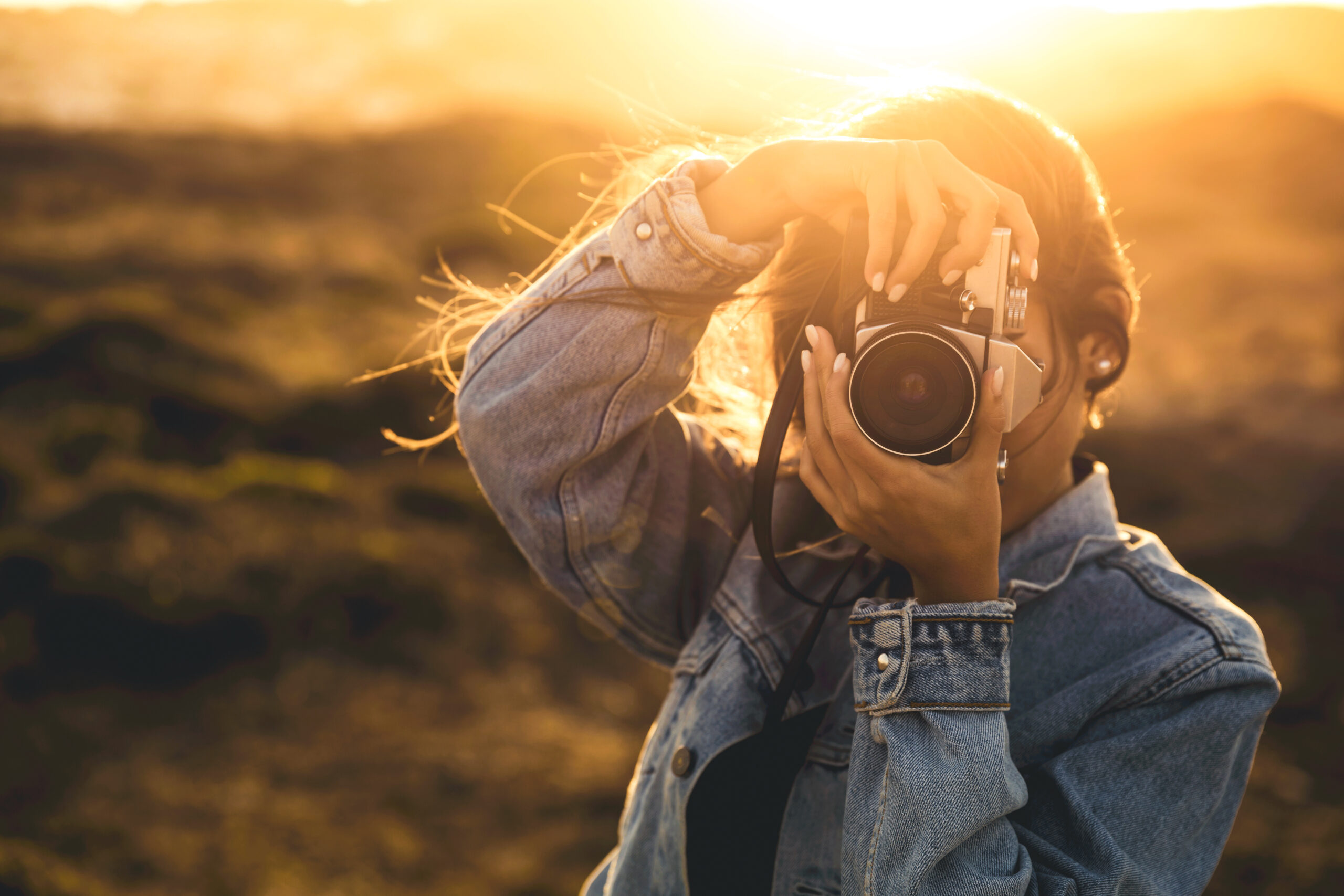
One of the travel essentials today is a top-notch digital camera. Many consider it as one of the easiest ways to keep your best travel memories. It’s full of amazing features that make the most of every image. It allows basic yet detailed editing. Because of these features, cameras use point-and-shoot technology which is super easy to use.
If you’re planning to travel anytime soon, you should bring a digital camera with you. Whether you own one or still looking for the most suitable piece for you, you need to know everything about them. That way, you could identify which camera could perfectly capture you in your best poses in different places. For that purpose, here’s an article to guide you. So, read on!
Types Of Digital Cameras
The various cameras differ in portability, features, and price. Although each has its strengths and weaknesses, each camera has specific characteristics that make it the best fit for your travel needs. To give you enough info about the different cameras, here are some of them:
- Compact
This could be one of the easiest to use because of its point-and-use technology and basic features. In addition, it has a small lens that could adjust to your image subject in many cases. Further, compact cameras are generally small so keeping them is easy, making them fit for instant photo-taking during travels.
However, some compact cameras are flimsy and may produce low-quality images, especially when taken in haste. Moreover, only a few compact types have a viewfinder, so taking pictures with pinpoint accuracy could sometimes be challenging.
- Mirrorless
Many veteran photographers consider mirrorless cameras as the budget-friendly DSLR. This could be attributed to the array of features these cameras have, by which some are even better than DSLR.
Generally, they have a quick shutter speed and are lighter than many cameras except most compact types. Many prefer mirrorless cameras in video recording because of their image stabilisation feature. Above all, these cameras could use interchangeable lenses for more explicit images and better zoom capabilities.
- Bridge
This type is between DSLR (digital single-lens reflex) and compact cameras. They also have fixed lenses, but some of them have unique zoom capabilities. Besides these, bridge cameras are typically inexpensive, even though most of them have the advanced features DSLR type have, such as aperture and shutter speed. Yet, their sensor is lower than DSLR and mirrorless types, so determining their image size and resolution could be a hassle sometimes.

- DSLR
These may be considered the most advanced and professional digital cameras today. They’re the best in most, if not all, aspects of photography. They also have a great range of manual controls, including shutter speed, ISO levels, and aperture. These cameras could also use various accessories and lenses to produce enhanced images.
However, using this camera could be a challenge when you’re new to photography, especially if you’re travelling. This type could also be heavier than the others, particularly if you bring the extra accessories and lenses.
Basic Photography Concepts
After knowing the various camera types, you may now need to learn about the basic concepts of photography. This way, you could apply any or all of these concepts to produce the best images that could define the finest moments in your activities, such as horseback riding or kayaking. Here are some of them:
- Exposure
This refers to the amount of light gathered by the camera. Images with the right amount of exposure have balanced light in the background and the entire picture.
- Aperture
Aperture functions similarly to your pupils. The wider it is, the brighter the image will be.
- Shutter Speed
Shutter speed refers to how long the shutter is open. Lower shutter speed will likely result in darker images. In contrast, higher shutter speed may result in brighter images.
- ISO
ISO also has a direct effect on exposure. Yet, it depends on the light in the environment. For example, if you’re taking pictures on a yacht, you may need to adjust ISO, especially if you’re in the middle of a sea and lack background lights.
Final Verdict
Among the standard digital cameras, DSLR could be considered the best when it comes to what it could put on the table. You may be able to produce the images with the highest quality. Yet, you may need to consider the extra load it could add on.
A compact digital camera is a perfect choice for quick takes of travel photos if you don’t want the burden of carrying a lot of stuff. In addition, you may not need to be concerned much with the concepts of photography.
For a more balanced option, you could pick between the bridge and mirrorless digital cameras because of their vast array of features, usability, and general image quality. Also, you may need to consider the photography skills you have and the complexity of the camera you’ll select, so you can make the most out of all the outdoor activities and capture good moments on your trips.
